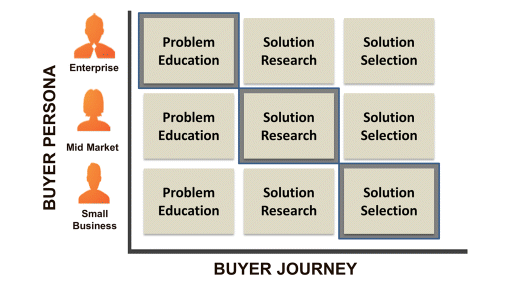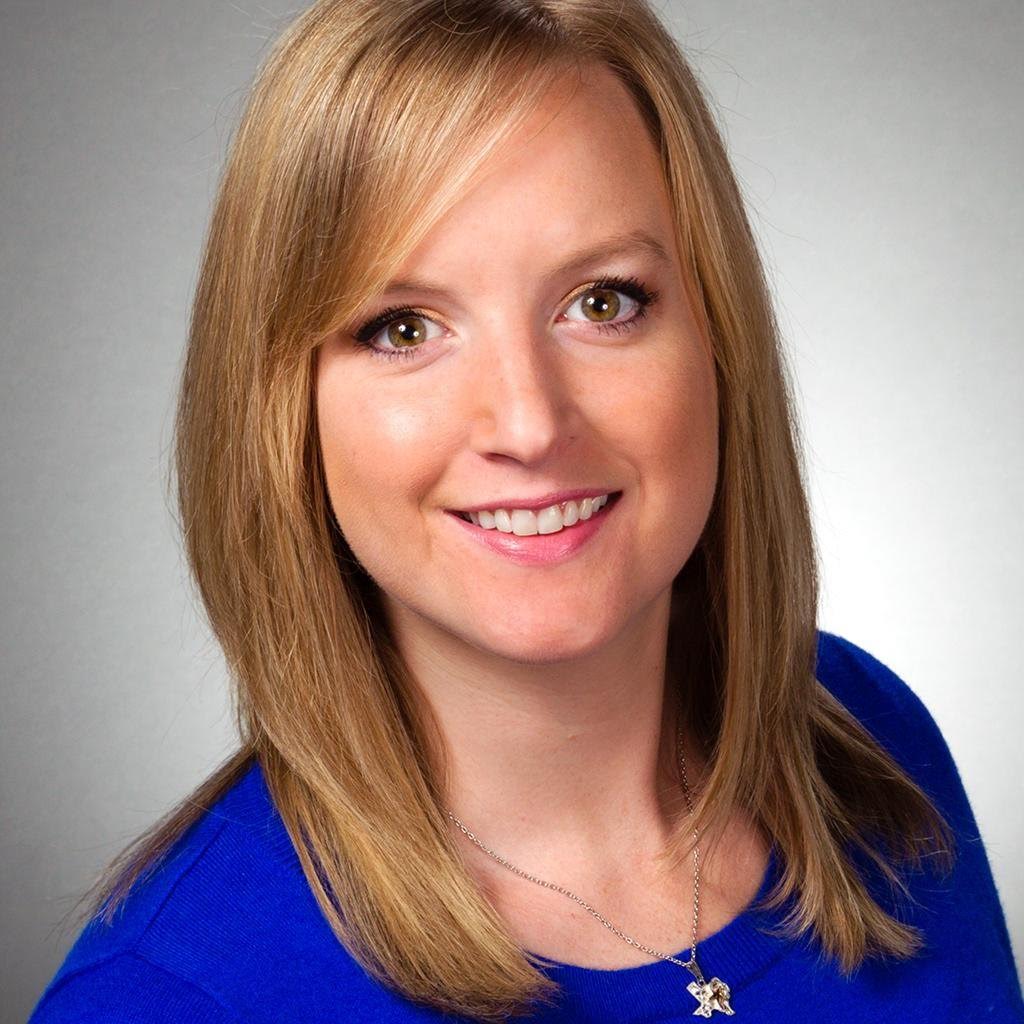When Mark Roberge first joined forces with Dharmesh Shah and Brian Halligan, HubSpot (and the concept of inbound marketing) was in its infancy. Mark’s job as the new SVP was to create scalable, predictable revenue growth.
An engineer by trade, Mark applied his analytical approach to devise a formula for sales that took HubSpot to a 100 million dollar company in seven short years.
As any good engineer would do, Mark reviewed his success and created a blueprint to modernize today’s sales organizations in The Sales Acceleration Formula. As any good inbound marketing agency would do, we thought we’d share and summarize his teachings to help you create scalable, predictable revenue growth.
The Sales Acceleration Formula is comprised of four components:
1. The Sales Hiring Formula
2. The Sales Training Formula
3. The Sales Management Formula
4. The Demand-Generation Formula
In addition to the breakdown of his formula for sales success, Mark also provides real HubSpot examples to illustrate and help you apply his concepts, as well as more the advanced concepts HubSpot now uses after iterating and improving.
Below is a brief summary of the sage advice provided by Mark, as well as how we applied it at IMPACT.
The Sales Hiring Formula
Before you can grow your company to millions in revenue a year, you probably need to hire some salespeople, right? According to Mark, “world-class sales hiring is the biggest driver of sales success.”
When Mark joined HubSpot, he was the fourth employee – and the first salesperson. His first task was to hire good salespeople.
Rather than employ a typical process of hiring the top performers from other companies or recruiting an SVP from a competitor, Mark took a different approach.
First of all, there weren’t a lot of companies like HubSpot at the time. The “competition” either went after enterprise-only, a segment HubSpot did not cater to at the time, or they had a completely different value proposition.
Instead, Mark reached back into his metrics-driven background to create this formula for hiring success.
Step 1: Define the characteristics of a successful salesperson
-
Make an educated guess on the characteristics you believe make a good salesperson. This is different for every company. It depends on your value proposition and the type of sale (transactional vs. complex.)
-
Devise a way to test your candidates on these characteristics. What questions can you ask in your interviews? What activities can you do that enables these traits to come to the surface?
-
Create an interview scorecard to evaluate your candidates against your desired characteristics.
-
Learn and iterate on the model. After 6 months, compare your top performers and their initial interview scorecard. Do the characteristics correlate? Are there other traits that now seem to be a better indicator of success?
Mark found at HubSpot, the characteristics that predicted the most success were coachability, curiosity, prior success, intelligence and work ethic, but this will be different for every company.
Step 2: Find top-performing salespeople
To help him find candidates that met this criterion, Mark first began working with recruiting agencies. However, he found outside recruiters to be incentivized to match candidates to higher paying jobs, which meant higher commission for them.
He proposes instead to build an internal recruiting agency. You can incentivize your own recruiters based on your own fill rates, timing, and long-term success of the hires they make.
Mark also suggests utilizing LinkedIn to its fullest potential to source qualified candidates. Top sales performers don’t usually need to apply for a job – employers come to them. You need to be one of those employers.
Step 3: Determine your ideal first hire
Mark presents a scenario comprised of:
-
a former SVP from a competitor with a very different value proposition and structure
-
a former salesperson from a competitor with a very different value proposition and structure
-
an entrepreneur with sales experience but not in your industry, and
-
a sales manager not in your industry.
Mark would choose the entrepreneur to hire first.
Her sales fundamentals and her entrepreneurial spirit made her ideal in helping accelerate the company toward product/market fit. Without a formal sales training or experience in a large corporation with rigid structure, she would be coachable and have the tenacity to help a young HubSpot reach its goals.
Whoever your company chooses, be sure they align with your goals, the maturity level of your business, and the characteristics you have deemed necessary for a successful salesperson.
The Sales Training Formula
The traditional ride-along approach does not take into account the individual “super powers” of your salespeople.
Some may be extremely personable and others may be great at volume. Shadowing someone of a different super power doesn’t allow a salesperson to understand his or her strengths and how they can make the job their own. Plus, it’s neither scalable nor predictable.
Instead, Mark proposes a systemized training program around the buyer journey, the sales process and the qualifying matrix.
The excerpt below explains in more detail.
“Starting with the buyer journey increases the likelihood that the buyer's needs will remain front and center during all aspects of the selling process…Once the buyer journey is defined, the sales process can be created. The sales process supports the customer along his buying journey…The qualifying matrix defines the information needed from a potential buyer in order to understand whether we can help the prospective buyer and whether the buyer wants help. The information is gathered at various stages of the sales process. It is rarely gathered in the same order across different deals.”
With the sales methodology defined, you can then create a sales training curriculum.
To constantly iterate and improve upon your training, analyze the criteria of your successful salespeople against your training program. Make sure your training program aligns with the needs of your team, and ask for regular feedback.
Bonus Tip: One of the most helpful exercises your training can provide is allowing your salespeople to walk in your prospects’ shoes. For example, every HubSpot sales rep has started a blog and used social media to amass a following. When it comes to helping their prospects, they have real experience and empathy to apply to their prospects.
The Sales Management Formula
Sales Coaching
Mark professes sales coaching is the most important lever to drive sales productivity. Rather than throw 15 skills out that your sales staff needs to work on, he explains how it’s best to choose one skill each month.
To illustrate, he provides an example about learning a proper golf swing. If on your first lesson, your coach gives you pointers about your stance, your backswing, your grip, your follow through and more, your head will be spinning.
Instead, if your coach tells you to correct your grip and take 100 swings, it starts to sink in. Then you can move on to the next skill.
Facilitating a culture of sales coaching (vs. managing), Mark devised a process in which sales managers can meet with their team members each month for open dialogue around their skills. However, this isn’t a meeting where the manager tells the salesperson everything their doing wrong.
Instead, your salespeople should come to the meeting having already reflected upon what they’d like to improve. You mutually agree on what you’d like to work on, and set up a plan to do so. This enables accountability and buy-in with your salespeople.
Metrics-Driven Performance Analysis
Create a dashboard to analyze how each salesperson is doing in each stage of the sales funnel. Once you have your data together, “peel back the onion” to diagnose any areas of poor performance by each salesperson.
There could be training issues or personal issues. Either way, you have the data you need to improve upon your processes and coach your team to success.
Compensation and Incentives
There are several ways you can develop your commission plan, and Mark stresses the importance of evolving it as your business evolves.
For example, if you need to increase new sales as a young company, it might make sense to build commissions based on new sales.
If retention is an issue, it might be in your interest to provide half of the commission at the sale and the other half after the customer stays for four months.
The last type of plan HubSpot employed was based on customer commitment. The sooner a customer paid their first year, the faster a salesperson would receive their commission. With this goal in mind, the sales team would work to get customers to commit to a full year upfront.
Along with building a commission plan that correlates with the goals of your business, Mark also discusses keeping whatever plan you choose simple, aligned, and immediate.
When your salespeople do well, for instance, then it’s time for a promotion. Create a promotion plan based on metrics, not subjectivity or tenure.
Also, to keep your salespeople motivated, Mark suggests running one contest every month based on areas you need your team to excel. In his experience, team contests work best as they instill camaraderie and motivate the entire team.
Promote from Within
Promoting from within is a great track, but only if you have established a sales leadership training.
It’s difficult to go from the frontlines to management, so supporting the transition is key to your new managers’ success.
Instead of only looking at top performers, his team at HubSpot looks for leadership and well roundedness. In order to assess team members, sales managers need to have a good handle on all aspects of salesmanship.
The Demand Generation Formula
The Demand Generation Formula explains the shift from cold calling to inbound. Salespeople can position themselves as thought leaders via a blog and social media.
Once your leads are coming to you, Mark warns against sending every single one to sales. You need to first create a buyer matrix to understand who is interested in your product and the journey they take before purchasing.

The types of content your prospects interact with can indicate where they are in their buyer journey.
By understanding where your buyers are in their buyer journey, you can create a customized experience for them on your website, and a plan for sales to follow up.
In the example above, HubSpot contacts enterprise companies in the problem education stage because they tend to have a much more complex buying decision. You’ll see that small business is typically a shorter and less complex buyer journey, so sales does not make contact until they are in the solution selection phase.
Always the engineer, Mark advises you routinely analyze the lead-to-customer performance to ensure you are passing leads at the right time.
Marketing and Sales Service Level Agreement (SLA)
Building upon the buyer matrix, Mark discusses how marketing and sales can measure performance on both sides of the fence and hold each other accountable.
Marketing should define exactly how many leads in each persona they are passing to sales, and should calculate the implied lead value associated with your lead goals. Marketing is then given a revenue quota just like sales.
Sales agrees on how to properly follow up with leads and a goal for conversion. This is a constant work in progress, and you should monitor the data to glean how many sales touch points are effective.
How IMPACT Does It
Here at IMPACT, we constantly monitor every aspect of our marketing and sales data, and refine as needed.
First and foremost, every one of our hires is evaluated on a set of criteria that aligns with our values – one of which is helpfulness. Whether you are working with our sales team, an Account Strategist or a Creative Lead, every one of us is here to help your organization succeed.
After the initial hiring, we have our very own Sales Bootcamp, which is comprised of a series of process-oriented training, centered around how our buyers make decisions. Utilizing the HubSpot CRM and Sidekick, we are able to gather pertinent information to ensure we are a good solution for our prospects.
We are also serious about goals, and our biggest one is to reach 500 success stories by 2030 (notice, we don’t aim for a simple amount of customers.) Our salespeople are totally onboard with this approach, and are incentivized each quarter to keep us on track.
Finally, our marketing and sales are very aligned. Marketing understands how many leads they need to produce each quarter to help us get closer to our 500 success stories, and sales has clearly defined goals as well. We practice open dialogue and genuinely operate as a team.
We highly suggest you pick up a copy of The Sales Acceleration Formula. We can’t write the entire book in a short summary, so there are tons more goodies for your reading pleasure.
/Assets/base/Navigation%20Icons/navigation%20arrow%20-%20facing%20right-01.svg)
/Assets/base/Navigation%20Icons/navigation%20arrow%20-%20facing%20right-01.svg)
/Assets/base/Navigation%20Icons/navigation%20arrow%20-%20facing%20right-01.svg)



